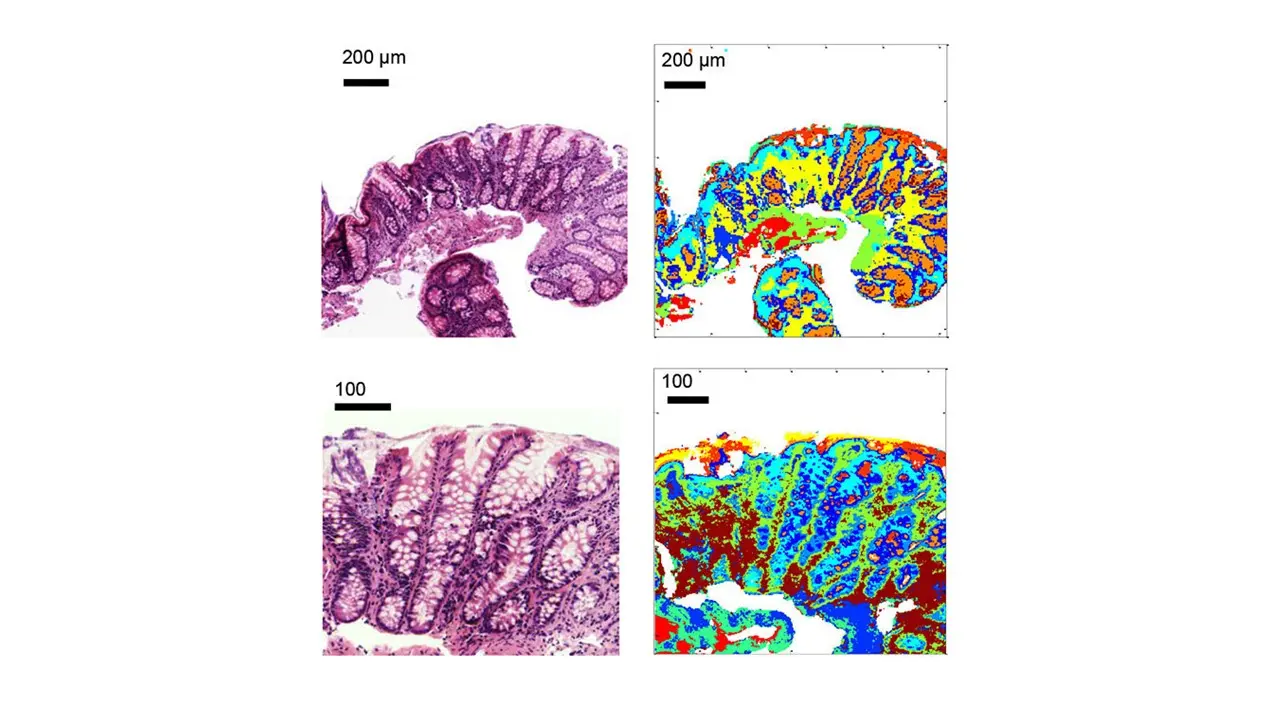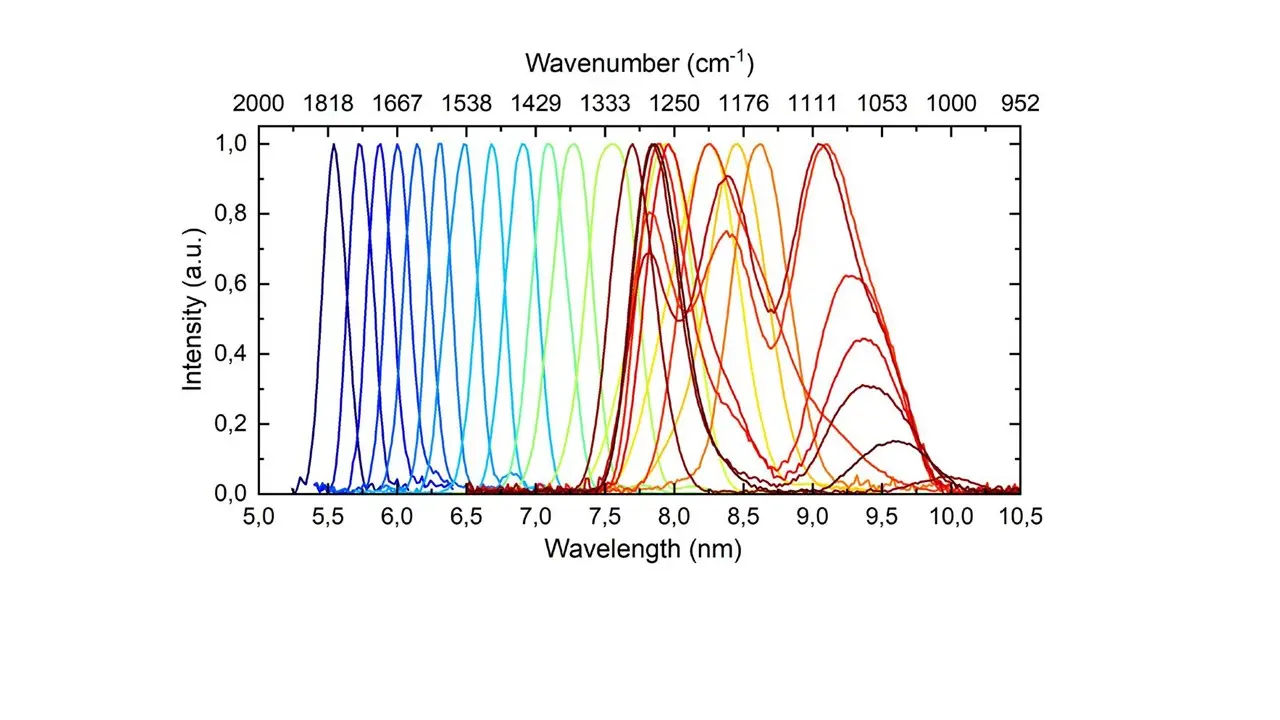Ultrafast holographic Fourier-Transform infrared microscopy for cancer diagnosis
Website's ProjectUltrafast holographic Fourier-Transform infrared microscopy for cancer diagnosis
Website's Project
Premise: the following thesis titles and corresponding activities are connected to the research activity of the COSMOS laboratory.
ulTRafast hOlograPHic FT-IR microscopY
This thesis activity is focused on the advancement of a cutting-edge microscopy platform developed as part of a Pathfinder European project (TROPHY). The goal of the platform is to perform high-speed hyperspectral imaging of cancer biopsies in the molecular fingerprint region, that is the in the mid-infrared, while preserving sub-micron and thus sub-cellular spatial resolution. The work involves optimizing an existing prototype across several key areas, including: i) integrating a long optical delay line to investigate the temporal evolution of the transient phase signal induced by the ultrashort infrared excitation, analyzing its behavior from a prethermal to a thermal regime; ii) developing a remote control system to set frequency and duty cycle of the excitation, to synchronize data acquisition from the camera, to adjust the delay between pump (infrared) and probe (visible) pulses, to step the optical delay of a Fourier-Transform interferometer devoted to reading out the spectral content; iii) implementing advanced image processing techniques, such as differential imaging and Fourier-transform-based analysis, to derive quantitative chemical information from the acquired data.
Development of an ultra-widely tunable high-energy picosecond laser source
This activity focuses on the design and construction of a second laser source for the TROPHY microscope platform, exhibiting: i) optical bandwidth narrowed down to about 10 cm-1, to ensure the required spectral resolution while preventing the sample from excessive thermal loading; ii) ultrawide-tunability from 5.5 to 10 um, to cover the vibrational frequencies from 1000 to 1800 cm^-1 that are of most relevance for biochemical fingerprinting: iii) pulse energies in excess of 10 J, to achieve high photothermal signals also over wide fields of view. The nonlinear laser source will be driven by an amplified femtosecond Ti:sapphire laser system at 0.8 m and it will rely on a combination of linear and nonlinear processes, such as spectral focusing, optical parametric amplification and difference frequency generation, to the purpose of achieving large conversion efficiencies in the mid-infrared while maintaining a narrow bandwidth. The nonlinear laser source will be fully automated to provide on-demand wavelengths across the tuning range.
